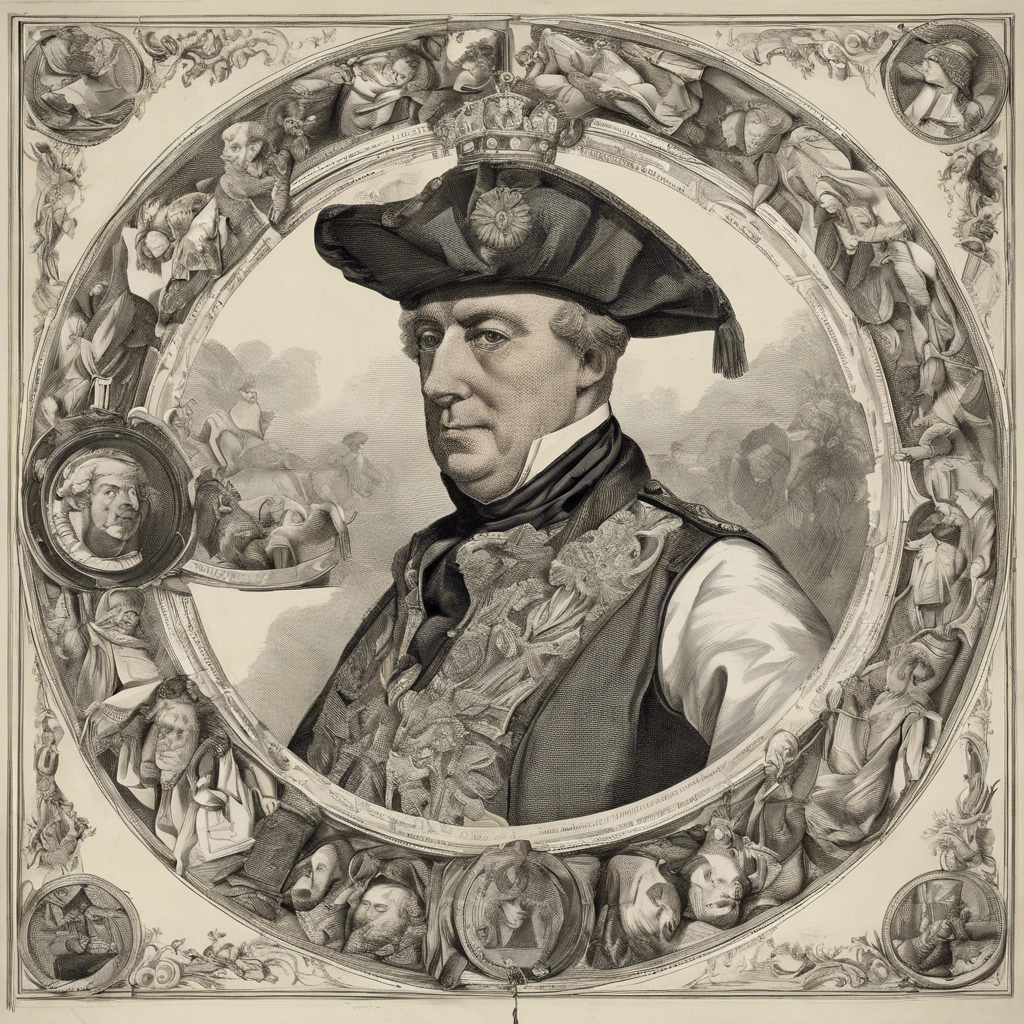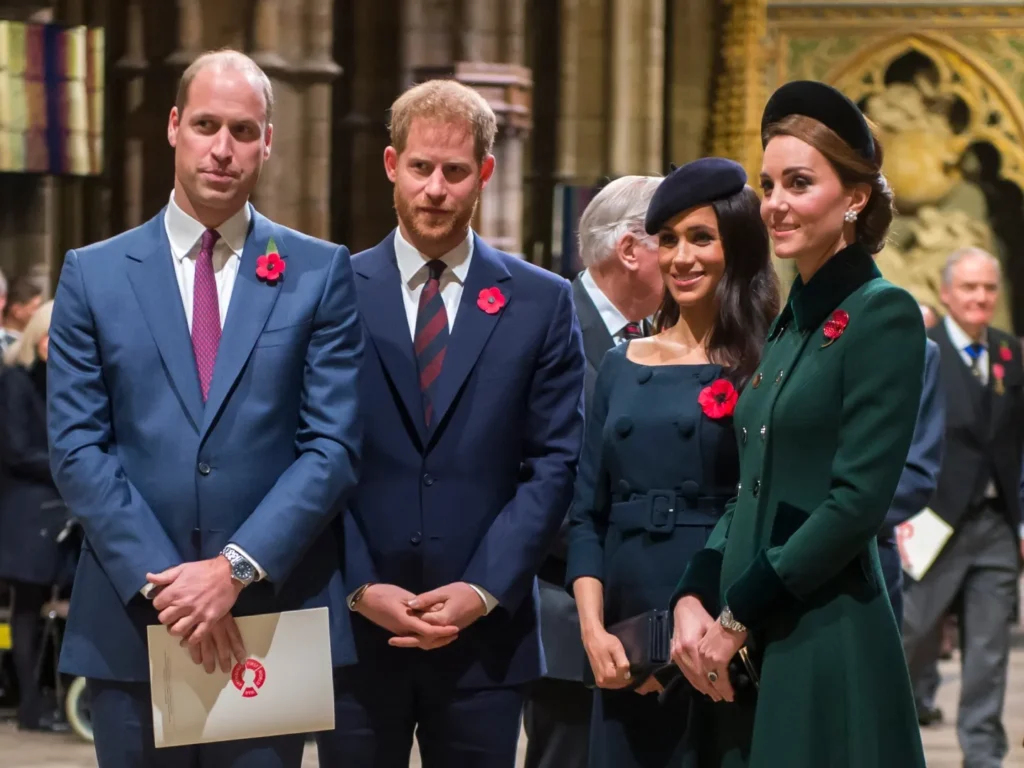The title of Count, a noble rank in certain European countries, holds a significant place in history. It is positioned in the middle of the nobility hierarchy and carries more prestige than lower titles, yet is less high-ranking than a king or queen.
The title of nobility of ‘Count‘ is not just a mere title but a key that unlocks a rich historical legacy and a modern-day redefinition. It offers a captivating glimpse into the evolution of nobility within our society, stirring a sense of intrigue and curiosity.
What is a Count? It’s a title given to a nobleman, like a prince in some ways. But instead of being born into royal families, the Counts were often in charge of specific areas called counties a long time ago.
The word’s origins are primarily attached to the word “county,” as in an estate or vast land. As you might have guessed, many counts historically owned land. However, as feudal systems gave way to modern-day monarchies, the power and political authority once afforded to counts mostly faded away. They are still considered part of the nobility, but often in name only.
The Counts held crucial responsibilities during their time. They were the custodians of their countries, making decisions about land and people and even leading armies to safeguard their lands. Their title bestowed upon them respect and power within their communities.
However, the role of a Count has evolved in modern times. It is no longer about ruling over land or leading armies. Instead, it has become a special title passed down through families, akin to an honourable family tradition. Individuals with these titles might still be involved in significant activities, but it’s different from those depicted in history books.
So, What is Count? It’s a title from a long time ago that shows a special kind of nobility, but nowadays, it’s more about history and tradition than ruling over lands.
What is a count?

A “Count” is a unique title given to a nobleman, like a prince. Long ago, the Counts were influential people who took care of specific areas called counties. They had significant responsibilities like making decisions about land, helping people, and sometimes leading armies to protect their territories.
Think of them as the superheroes of their time, looking after their communities! The title “Count” was like a badge of honour, showing they were important and respected.
But things are different now. Today, being a Count is more about history and tradition than having power. It’s like having a unique title passed down through families, like a fantastic family story.
So, a Count was a big deal in history, like a leader of a place, but nowadays, it’s more about remembering the past and being proud of a family’s unique history.
What does the title of a count mean?

The title of Count historically indicated a high-ranking position in the aristocratic social hierarchy. Counts were noblemen who governed specific territories known as counties or earldoms. They held administrative, judicial, and sometimes military responsibilities within their regions.
Being a Count meant more than just a title. It was a position of authority and power over a particular area. They made decisions about land, managed the people living there, and often played a role in local governance. This description of their responsibilities gives us a sense of the weight of their historical roles.
However, in modern times, the significance of the title of Count has evolved. It’s now more symbolic and connected to historical lineage or tradition. This shift in the role of Count and Countess from active governance to a more ceremonial position enlightens us about the changes in nobility over time.
The title of a count indicates a position of leadership and responsibility over a specific area. Nowadays, it’s more about remembering the past and being proud of a family’s unique history rather than having active governing duties.
What is a count and Countess?
A Count and a Countess are notable titles given to important people in the past. A Count was a man who was in charge of a place called a county. He had some responsibilities, like taking care of the land, making decisions, and caring for the people living there. A Countess is used to be his wife. Now This is what a count and Countess are.
Think of a Count as an area leader, a bit like a mayor today, but with more power back then. They were like local superheroes who ensured everything ran smoothly in their area.
These titles were a big deal in history because they showed that these people were respected and had lots of responsibilities. They were part of the upper class, like being in a VIP club! This is what a count and Countess are.
But nowadays, being a Count or Countess is more about history and tradition.
Families with these titles in the past still keep them as a particular part of their family story. It’s like having an excellent and essential family history they can be proud of, even though they no longer rule over areas. This is what a count and Countess are.
What is a count in royalty?

In kings and queens, a Count is a fancy title for an important man in the upper class. Long ago in Europe, a Count had an important job looking after a special place called a county or an earldom, like a governor. This role involved administrative duties, managing the land, making decisions about the people living there, and sometimes leading military efforts to protect their territory.
Counts were considered part of the upper class and had significant influence and power within their communities. They were respected figures and often held important positions in the royal court or local governance.
A Count is like an earl in Britain and sits between a marquess and a viscount. It’s called different names in various places like Graf in Germany, Comte in France, or Conte in Italy.
But nowadays, being a Count is more about history and tradition than ruling. Families who were Counts might still use the title to show off their fancy past, but they don’t usually control places like they used to.
How to become a count
Some people think about how to become a count, but they can’t be count anymore. In the past, becoming a count mostly happened when someone was born into an extraordinary family. These families were called noble families with important titles like Count or Countess. It’s like being born into a club where your family is respected and considered important.
For most people, becoming a Count was about being born into the right family with a long history of being super important. That was the only way to become a count.
In the old days, being a Count was something you got from your parents, like a family treasure passed down. But now, it’s about keeping the family story alive. Families who were Counts still hold onto the title as an excellent part of their history. It’s like having a unique tale to brag about, even though it doesn’t give you special powers. It’s a neat story to tell others about your family’s past.
What makes a person count?
In the past, to become a Count, you needed to be born into a special family with the title. Being a Count ran in the family, passing down from parents to kids in certain noble families. These families were often part of the aristocracy and held special titles like Count or Countess. Now, That is what makes a person a count.
Previously, being a Count mostly meant being born into a respected family with a long history. It was all about family heritage, where if your parents were Counts, you became one too.
But nowadays, these titles don’t mean the same thing anymore. They are now mostly seen as part of a family’s history and tradition. Families who had these titles in the past still use them as a particular part of their family story, even though they might not have the same importance or power as they did in history. This is what makes a person a count.
So, to be a Count traditionally meant being born into the right family with that particular title. But nowadays, it’s more about history and family heritage than holding any specific position or power.
What does it mean when someone is a count?
In historical contexts, a count was a noble title given to a nobleman in many European countries. Counts were often in charge of specific territories and had certain rights and responsibilities within those regions. The title of Count was typically hereditary and could be passed down through generations. Today, the title of Count is mainly ceremonial and may hold a different political or administrative power than it did in the past.
What does a count do?
In history, a Count had an important role in society. They looked after a special place called a county or earldom and had many jobs, such as leading, managing, and taking care of different parts of the area.
Administration and governance
The primary role of a Count revolved around administering their territory. Their job was to run the county every day. This meant sorting out who got what land, keeping records of who owned what, and collecting taxes. Counts ensured everything ran well by getting help from other people to handle the paperwork and important tasks.
Judicial functions
Counts wielded judicial authority within their domain. Counts were in charge of courts and settling arguments among the people in their county. They made sure laws were followed, everyone got fair treatment, and the rules set by higher authorities were upheld.
Military leadership
During the war, the Counts often assumed military roles. They acted as leaders in military defence. They were expected to raise and lead military forces from their region, defending their territory against external threats or supporting the larger military strategies of their monarch or higher-ranking nobility.
Economic stewardship
The Counts played a pivotal role in the economic development of their regions. They facilitated trade, managed resources, and supported local industries. They also helped build roads and bridges that helped their countries grow and become more successful.
Representation and governance
Counts acted like messengers for the king or other important people. They ensured that the rules from the top were followed in their area and helped people understand and obey these rules.
Social responsibilities
Counts had to look after the people living in their counties. They ensured everyone’s well-being by providing social programs, keeping everyone safe, and helping to solve problems when people argued.
While the title of Count may persist within certain families, the practical functions and powers associated with the historical role have significantly diminished. Instead, it primarily serves as a symbolic and traditional connection to a family’s noble lineage and historical legacy.
What does a countess do?
In historical contexts, a Countess, as the wife of a Count or as a female inheritor of a noble title, held a position of influence within the aristocracy, albeit without formal political authority. Societal norms and the customs of the time shaped her roles and responsibilities.
Supporting the Count and managing affairs
A Countess helped her husband, the Count, care for their land or area. Even though she might not have had an official job, she was critical in running their home. She looked after the servants, managed the house’s money, and ensured everything ran well on their land.
Cultural and social responsibilities
Countesses were central figures in social circles. They hosted gatherings and social events essential for maintaining social connections among the nobility. These occasions showcased the Countess’s social grace, etiquette, and ability to foster relationships between influential families. Moreover, they often played a role in setting fashion trends and cultural norms within their circles.
Philanthropy and community engagement
Lots of Countesses helped others by doing good things. They gave money or started places like schools or hospitals to help people who needed it. They worked on projects to make life better for those who didn’t have much, showing that they cared about their communities.
Cultural patronage and arts
Countesses often supported artists, musicians, and writers. They held meetings where smart people talked and ideas grew. By helping these artists, Countesses made their society more cultured.
But nowadays, the Countess’s role has changed. While the title might still exist within certain families, it’s often more symbolic of historical lineage than carrying active duties. Modern Countesses might focus on philanthropic endeavours, advocacy for social causes, or involvement in cultural activities. They use their status to promote positive change or support various community charitable initiatives.
Conclusion
The journey from the grandeur of nobility to the modern era has redefined what counts. Historically, these titles symbolized power, leadership, and influence over territories, embodying responsibilities that shaped societies.
People think about what a count and countesses are. They were like community superheroes, ensuring justice, prosperity, and social order. However, as time marched forward, the significance of these titles transformed. Nowadays, being a Count or Countess is more about treasuring a family’s legacy, a testament to their prestigious past.
These titles serve as reminders of a bygone era when governance and societal roles were bestowed upon individuals based on their noble lineage. While their roles in management and leadership have diminished in contemporary times, Countesses continue to shine in philanthropy, cultural patronage, and community engagement, using their status to positively impact society.
Frequently Asked Questions
Is a count higher than a duke?
In the feudal system, a count is typically lower in rank than a duke. A count is often considered below a duke in the hierarchy of nobility and holds authority over a specific territory known as a county. On the other hand, a duke usually has higher precedence and authority than a count and may rule over multiple counties or regions within a duchy.
Is a count higher than a duke?
In traditional European nobility rankings, a count is typically lower in rank than a duke. A count is generally considered to be lower nobility than a duke.
What rank is a count?
In the traditional European peerage system, a count is a noble title that ranks below a marquess and above a viscount. Counts were historically rulers of territories called counties or earldoms.
What is a count to a king?
In the context of royalty, a “count” is a title of nobility in some European countries, ranking below a marquess and above a viscount. A king or queen often appoints a count to oversee a specific territory or region and govern the land. The responsibilities and privileges associated with the title of Count can vary depending on the historical and cultural context in which it is used.
How do you address a count?
You can use formal titles such as Mr., Mrs., Ms., or Dr. to address a count, followed by the individual’s last name. For example, you could say “Mr. Smith” or “Dr. Johnson.” If the person has a specific title or designation, include that too. It’s important to show respect and professionalism when addressing someone using their title and last name.
What does ‘Count’ mean in the context of ‘Count Dracula’?
In the context of “Count Dracula,” the term “Count” refers to a noble title in European countries, similar to a prince or earl. Count Dracula is a fictional character created by Bram Stoker in the novel “Dracula.” He is portrayed as a vampire count from Transylvania with supernatural powers and a thirst for blood. The title “Count” adds an air of aristocracy and sophistication to the character, emphasizing his noble lineage and mysterious allure.
How does someone become a count?
In most cases, counts are born into their title, meaning they inherit it from a parent or grandparent with the same designation. For example, Prince Charles is both the Prince of Wales and the Duke of Cornwall because his mother, Queen Elizabeth II, gave him those titles.
There are some instances where a count can be granted to someone who has not inherited it. In these cases, it’s typically bestowed upon them as an honour for their service or societal achievements.
How do you address a count?
In France, for example, you would Comtecomte” (the French word for “count”) followed by their first name when addressing a count. This title is a sign of respect and acknowledgement of their noble status. Similarly, in other European countries with nobility, such as Spain or Italy, specific titles like “conde” or “conte” address counts. Understanding the cultural norms and traditions associated with titles and forms of address is essential in showing proper respect in different countries worldwide.
Are there any famous modern-day counts (or countesses)?
Yes, there are a few famous modern-day counts and countesses. One example is Countess Luann de Lesseps, known for her role on the reality TV show “The Real Housewives of New York City” and Countess Vaughn .Another example is Count Nikolai von Bismarck, a German photographer and socialite who is the great-great-grandson of Otto von Bismarck. Additionally, Prince Edward, Earl of Wessex, mentioned earlier in this article, holds the title of Count of Forfar in Scotland.
Prince Edward’s wife, Sophie Rhys-Jones, became the Countess of Wessex when she married him in 1999. She is known for her philanthropic work and has taken on many royal duties alongside her husband.




